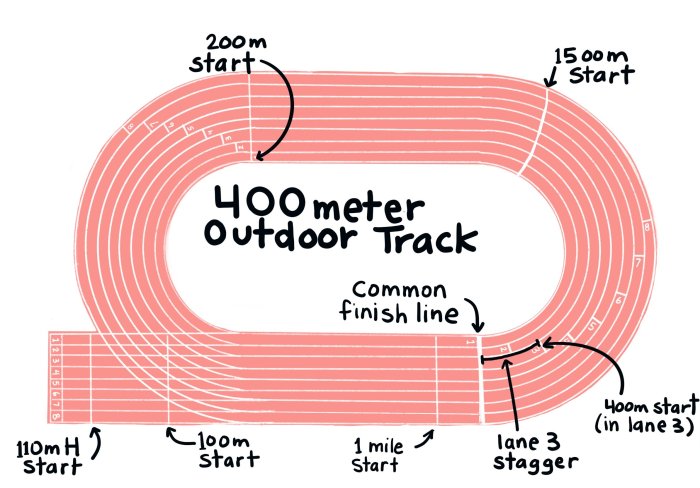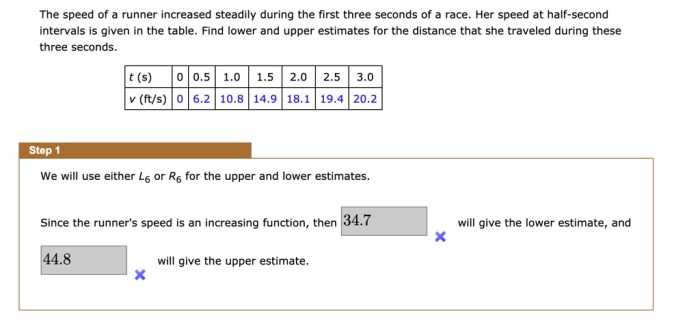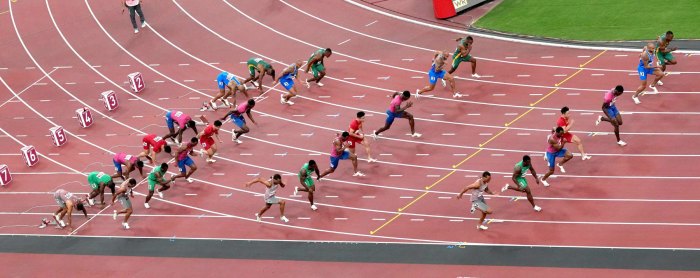In a race a runner traveled 12 meters – In a race, a runner traveled 12 meters, sparking an in-depth analysis of distance measurement and its impact on race performance. This specific distance serves as a focal point for examining the intricacies of distance measurement, the factors influencing a runner’s distance traveled, and the implications for training and competition.
Understanding the concept of distance and its accurate measurement is crucial in running events, as it provides a quantifiable metric for assessing performance. Various methods, such as laser beams, timing gates, and GPS tracking, are employed to determine the distance covered by runners.
Distance Traveled in a Race

In a race, runners strive to cover a specific distance as efficiently as possible. Analyzing the distance traveled by a runner provides valuable insights into their performance, progress, and race strategy.
Measuring distance accurately is crucial in running events to determine the winner, assess performance, and track progress. Various methods are employed to measure distance, including timing gates, laser beams, and GPS tracking devices.
Factors Affecting Distance Traveled
The distance a runner travels is influenced by several factors, including:
- Speed: The rate at which a runner moves, measured in meters per second or kilometers per hour.
- Acceleration: The rate at which a runner increases their speed, measured in meters per second squared.
- Endurance: The ability of a runner to sustain their effort over a prolonged period, measured in minutes or hours.
Distance and Race Performance, In a race a runner traveled 12 meters
Distance traveled is a key metric used to assess a runner’s performance in a race. It can indicate their fitness level, training effectiveness, and race strategy. Runners use distance data to track their progress, identify areas for improvement, and optimize their training.
Implications for Training and Competition
Understanding distance traveled has practical implications for training and competition. Runners can use distance data to:
- Set training goals: Determine the distance they aim to cover during training sessions.
- Monitor progress: Track their distance covered over time to assess their improvement.
- Prepare for races: Plan their race strategy by considering the distance and their expected pace.
Essential FAQs: In A Race A Runner Traveled 12 Meters
What is the significance of measuring distance accurately in a race?
Accurate distance measurement ensures fair competition, allows for precise performance evaluation, and provides a reliable metric for training and race strategy.
How does speed affect the distance a runner travels?
Speed is directly proportional to distance traveled; the faster a runner moves, the greater the distance they cover within a given time frame.
Can endurance impact a runner’s distance traveled?
Endurance plays a crucial role in distance running; runners with greater endurance can maintain a consistent pace over longer distances, allowing them to cover more ground.


